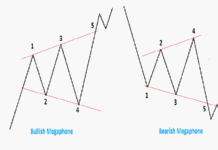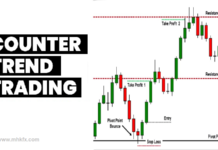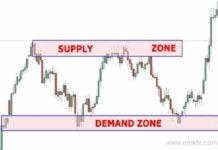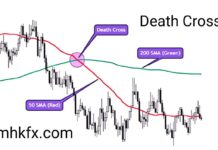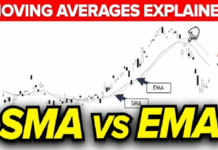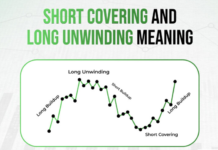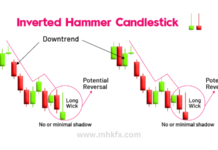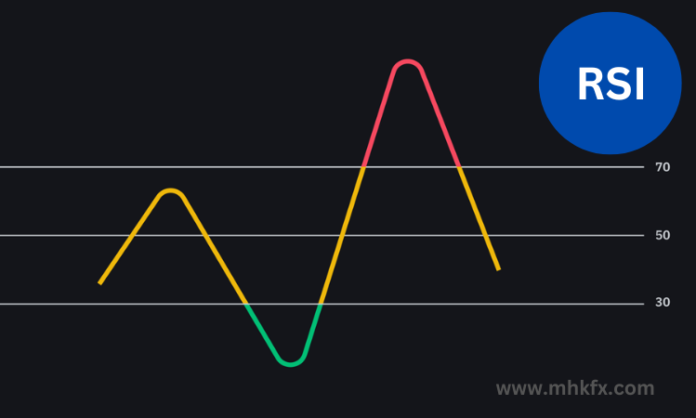
The Relative Strength Index (RSI) is a popular technical analysis indicator used to measure the strength and momentum of a trading asset. It is an oscillator that ranges from 0 to 100, with readings above 70 indicating overbought conditions and readings below 30 indicating oversold conditions. Relative Strength Index is a valuable tool in identifying potential trend reversals in trading markets, and one of the ways to do this is through RSI divergence.
Relative Strength Index divergence is a powerful signal that traders use to identify potential trend reversals. In this article, we will delve deeper into the concept of RSI divergence, how it works, and how it can be used to predict trend reversals in the trading market.
Understanding RSI Divergence
Relative Strength Index divergence occurs when the price of an asset and the RSI indicator move in opposite directions. There are two types of RSI divergence – bullish divergence and bearish divergence.
Bullish divergence occurs when the price of an asset makes a new low, but the RSI indicator fails to make a new low and instead makes a higher low. This is a signal that the asset may be oversold and that a potential trend reversal to the upside may be on the horizon.
Bearish divergence, on the other hand, occurs when the price of an asset makes a new high, but the RSI indicator fails to make a new high and instead makes a lower high. This is a signal that the asset may be overbought and that a potential trend reversal to the downside may be on the horizon.
Examples of bullish and bearish divergence can be seen in the chart below:
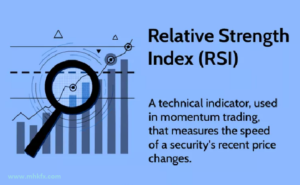
Potential Trend Reversal
Relative Strength Index divergence can indicate a potential trend reversal, but it should not be used in isolation. Traders should always combine RSI divergence with other technical indicators to confirm potential trend reversals.
When RSI divergence occurs, traders should look for other signs of a potential trend reversal, such as a break of a trendline or a change in volume. If other technical indicators confirm the potential trend reversal, traders may consider taking a position in the market.
Trading Strategies Using RSI Divergence
Traders can use the Relative Strength Index divergence in their trading strategies in two ways. First, they can use RSI divergence as a confirmation for trade entries. For example, if a trader identifies a potential trend reversal through the Relative Strength Index divergence and other technical indicators, they may enter a long position if the price breaks above a key resistance level.
Second, traders can use the Relative Strength Index divergence as a stop loss trigger. For example, if a trader enters a long position after identifying a potential trend reversal through RSI divergence, they may place a stop loss order below the recent low identified by the RSI indicator.
Conclusion
The Relative Strength Index divergence is a powerful technical analysis tool that traders can use to identify potential trend reversals in the trading market. By understanding the concept of bullish and bearish divergence, traders can use RSI divergence to confirm trade entries and set stop loss orders.
However, it is important to note that Relative Strength Index divergence should not be used in isolation. Traders should always combine RSI divergence with other technical indicators to confirm potential trend reversals. By doing so, traders can increase the accuracy of their trading strategies and improve their chances of success in the trading market.
The Relative Strength Index divergence is a valuable tool for traders to add to their technical analysis arsenal. With practice and experience, traders can become proficient in using RSI divergence to identify potential trend reversals and make profitable trades in the trading market.
Related Post:
Mastering Market Momentum : How the Awesome Oscillator Enhances Trading Strategies

